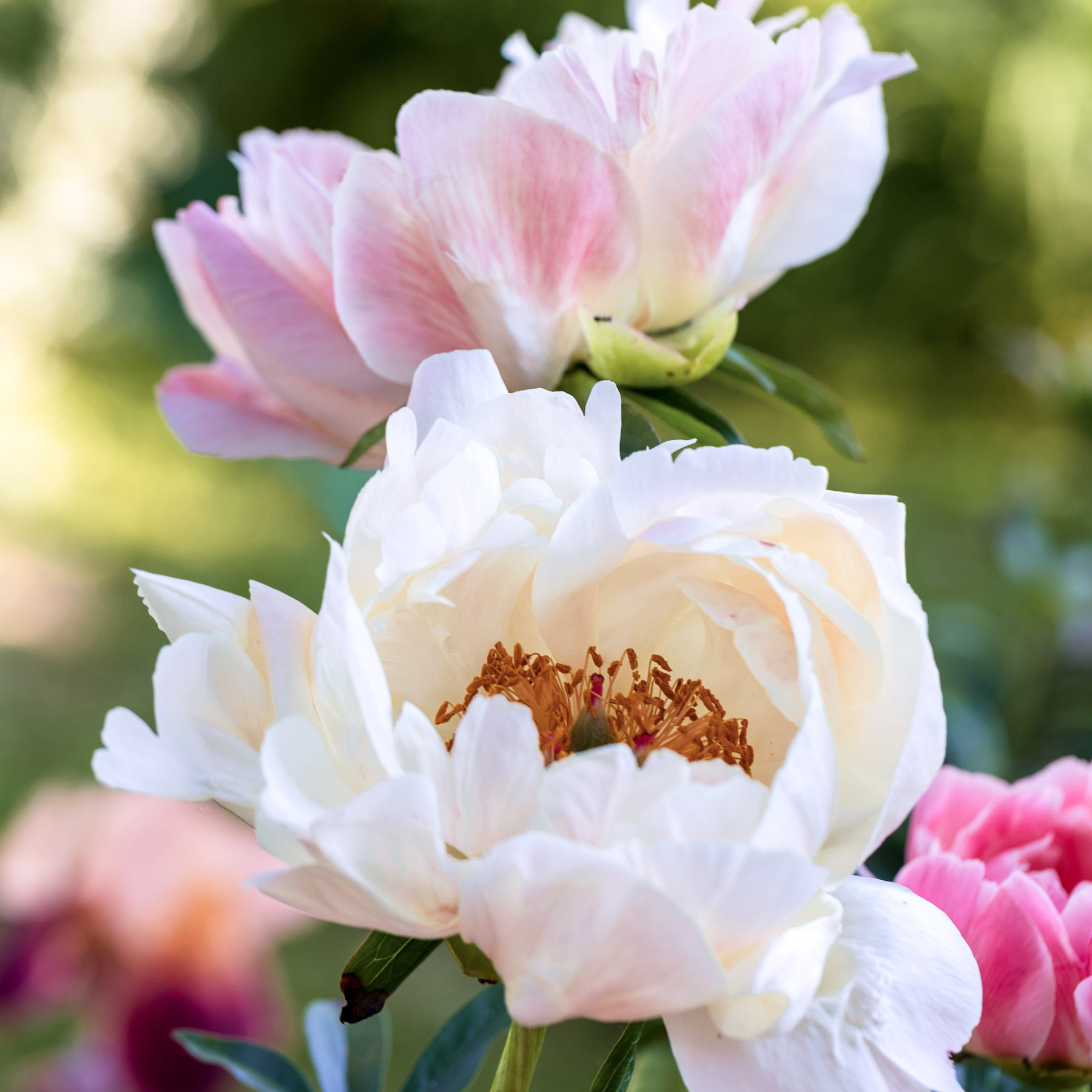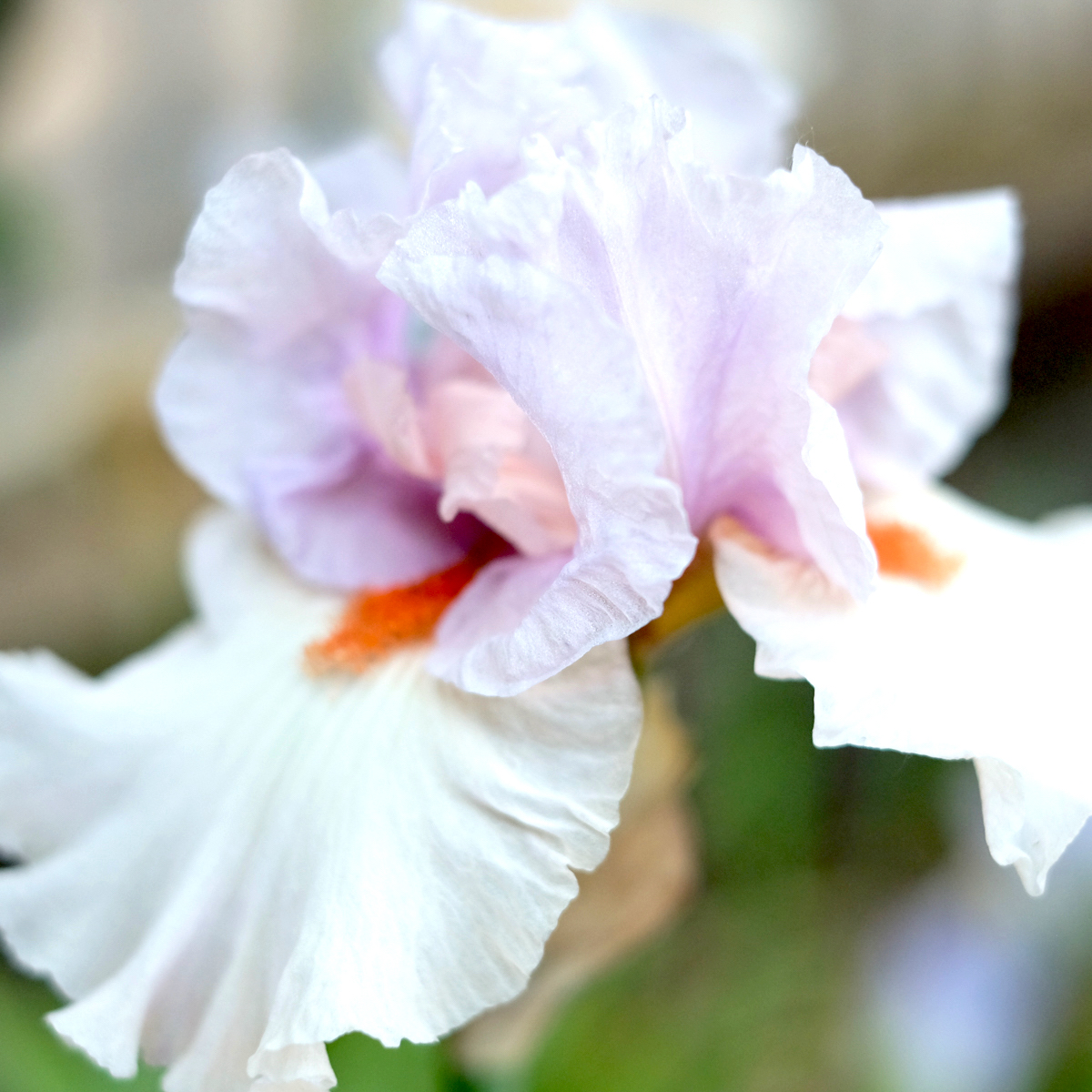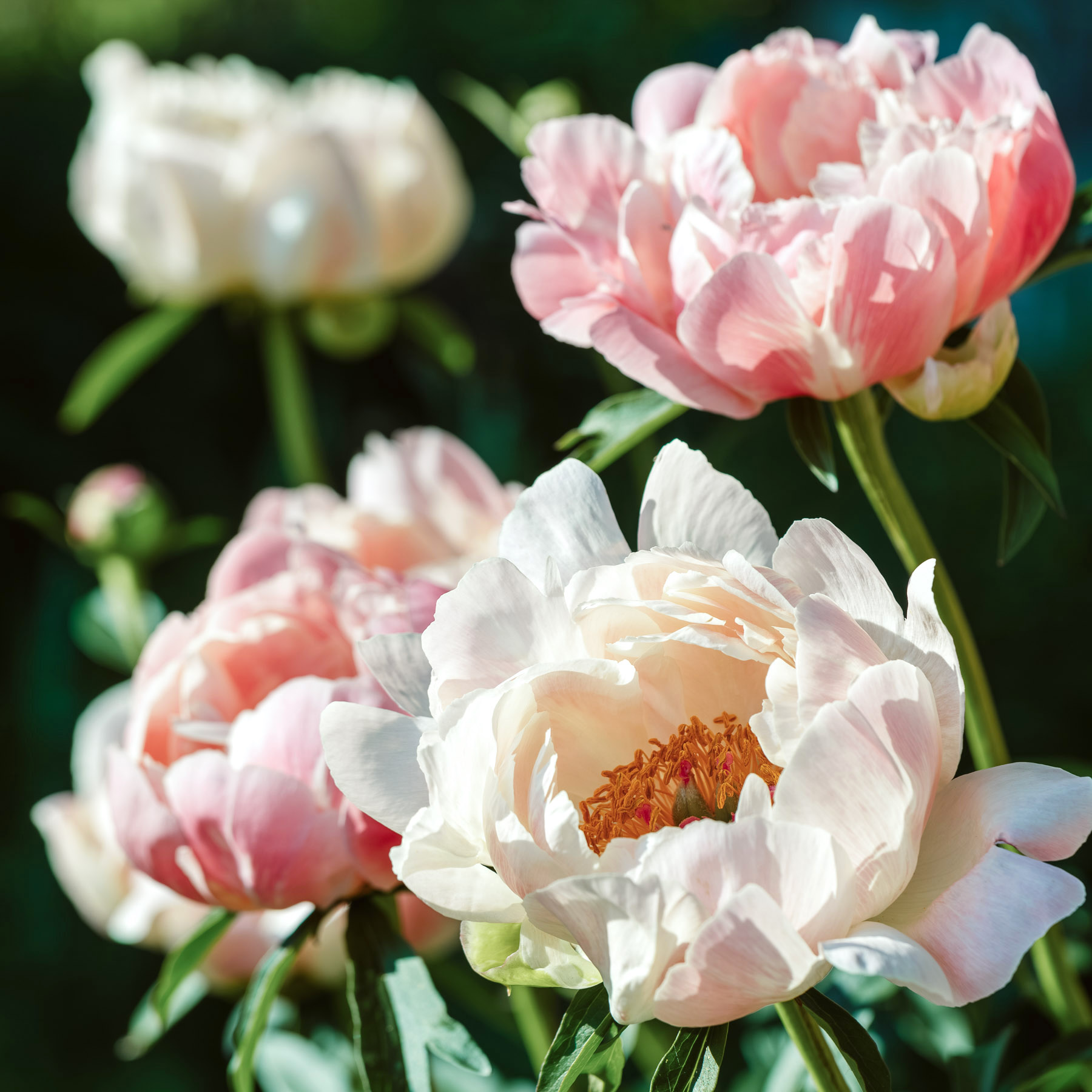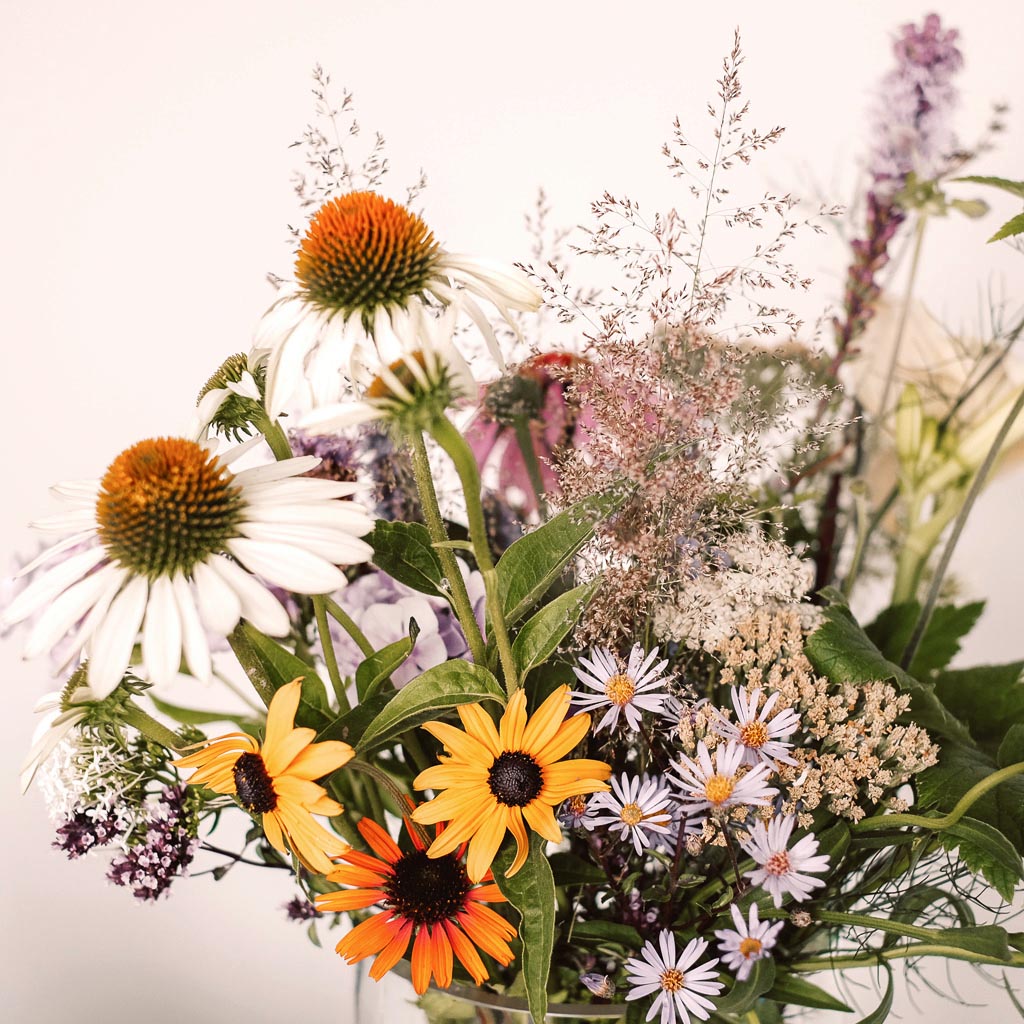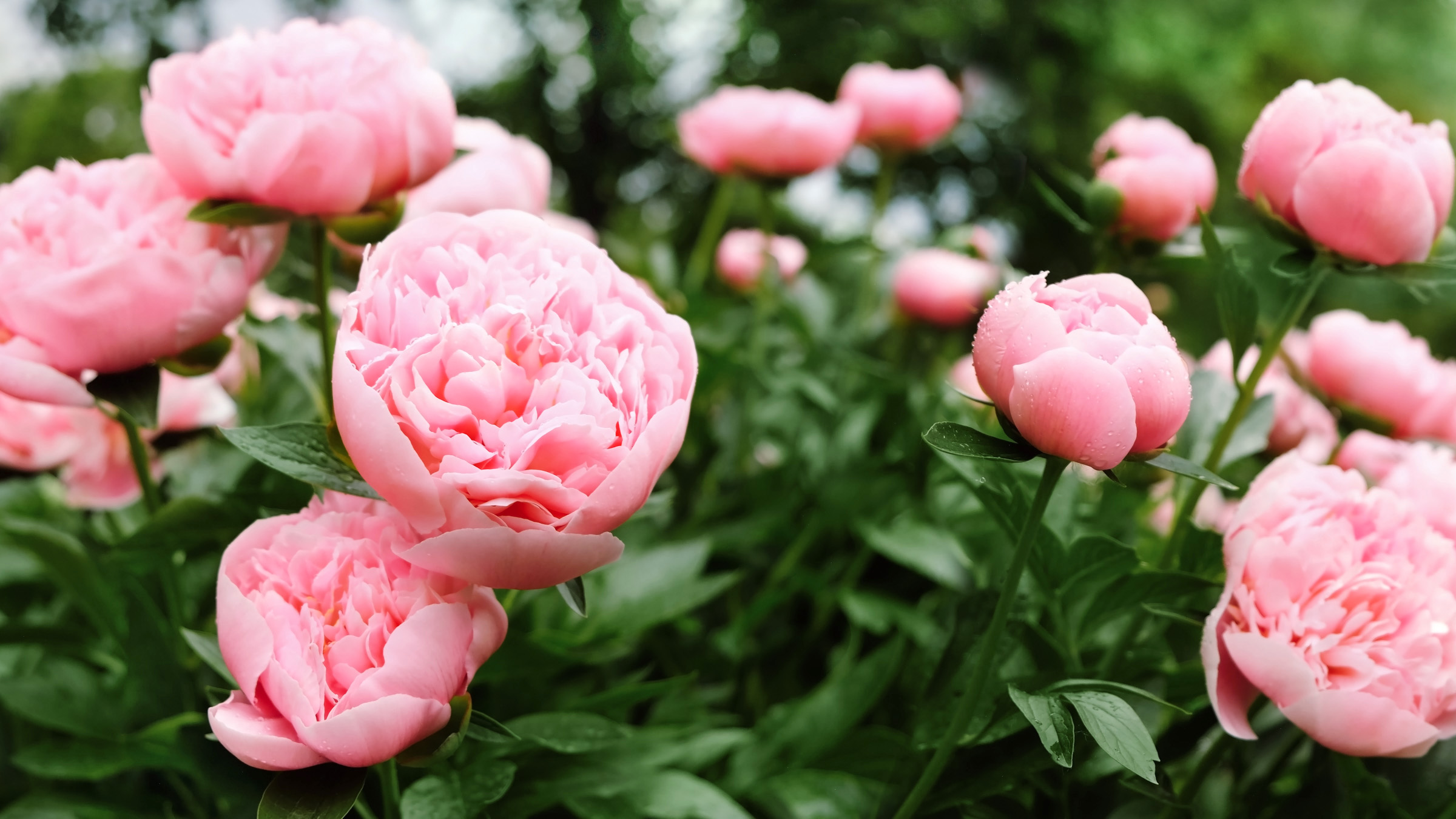
Planting and Caring for peonies
It is not without reason that peonies (Paeonia) are considered the queens of the garden. They are an incredible visual highlight and add an incomparable sensuality. They are also easy to care for and extremely long-lasting. Once planted, they give the gardener great pleasure for decades with their increasing beauty and fragrance. Peonies are just as wonderful in the garden as they are in bouquets.
Best time to plant peonies
The ideal time to plant peonies is either in early spring, as soon as the soil is light and easy to work. This is usually between the end of March and the beginning of May, depending of course on the region you live in. Planting at this time gives the peonies enough time to establish themselves before summer arrives.
Alternatively, you can also plant the peonies in the fall, for example between September and the end of November. During this time, the plant has the opportunity to take up roots and get through the winter in the best possible way. It will then be accustomed to its place in the garden the following year and can thrive wonderfully.

Planting peonies
Our peonies are supplied as young plants in 2 L pots. They require a sunny position in the garden. In shady locations, they tend to develop fewer blossoms. With the exception of the single-filled varieties (e.g. Paeonia Lactiflora Hybride ‘Jan van Leeuwen‘), these actually also do well in partial shade. The soil should be well-drained to provide them with the ideal conditions. Important: Peonies must not be planted deeper or higher, as they are very sensitive in this respect. This is why we sell the plants in pots and not bare-rooted. In the latter variant, this mistake can easily happen.
Care for & harvest peonies
Peonies are extremely easy to care for. Once they have found their spot in the garden, they do not require much attention or care. They should only be watered regularly during dry periods. However, waterlogging should be avoided at all costs as this can cause root rot. I fertilize them once a year with horn meal or compost. They don’t need any more care.
In late fall, after the leaves of the peony have withered, you should cut back the above-ground shoots to about 10-15 cm. Make sure you use suitable pruning tools to minimize injury to the plant.
The ideal time to cut peonies for the vase is when the buds are slowly beginning to open. The petals should still be tight, as the flower can unfold well when it is standing in water. If the flowers are already fully open when you harvest them, they will fade more quickly in the vase. It is best to use sharp garden sciccors or a knife and cut them at an angle (an angle of about 45 degrees is ideal). This way, the stems absorb more water, which in turn extends their shelf life.
Another tip: remove all the leaves from the lower part of the stem to prevent rotting in the vase. You should leave at least 30 cm of stem on the peonies so that they can thrive again in the bed. The cut stems should be placed in water immediately after cutting.

Overwintering peonies
In winter, peonies retreat into their roots. The plant should be watered well before the first frost to prevent it from drying out in winter. It is advisable to mulch the soil around the plants well to protect the roots from extreme temperatures and frost. A layer of leaves or compost keeps the soil warm and ensures that moisture is retained for longer. You should remove the mulch layer early in the spring, otherwise the plants may sprout too early.








